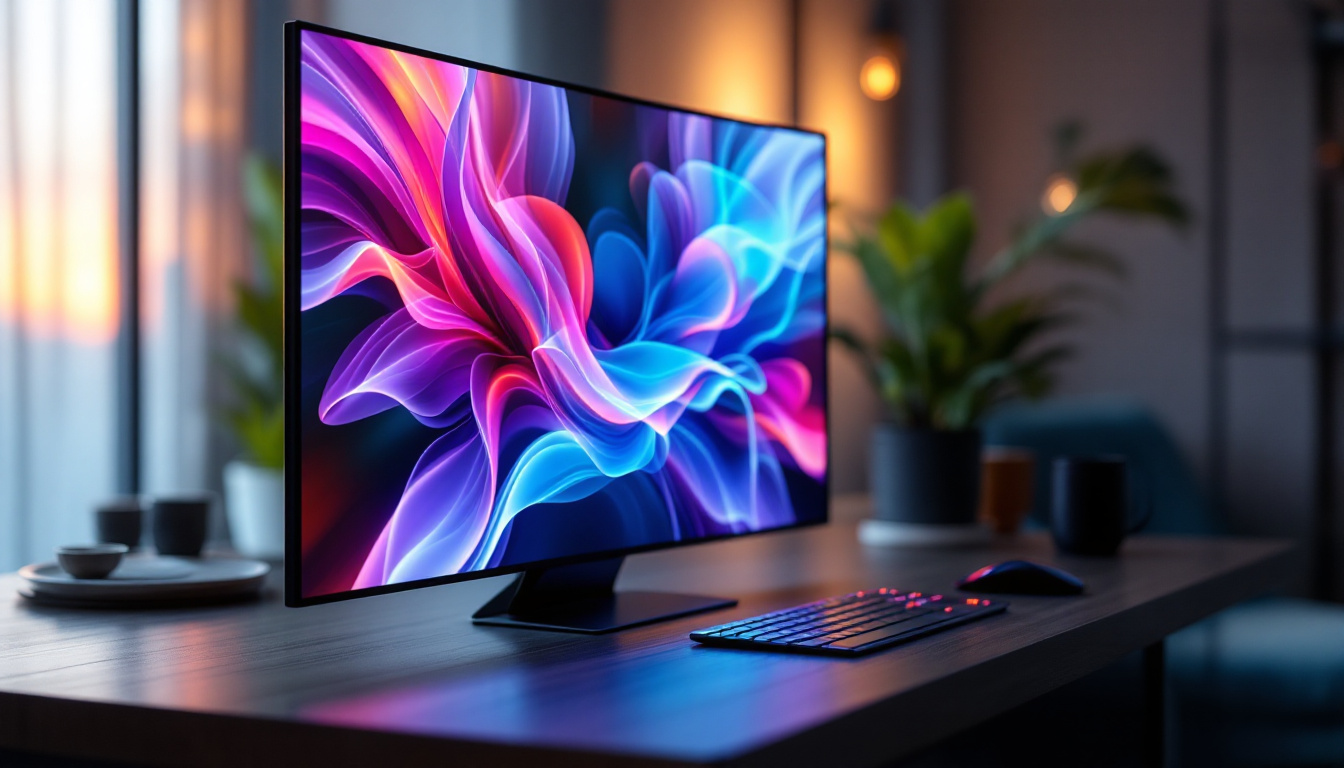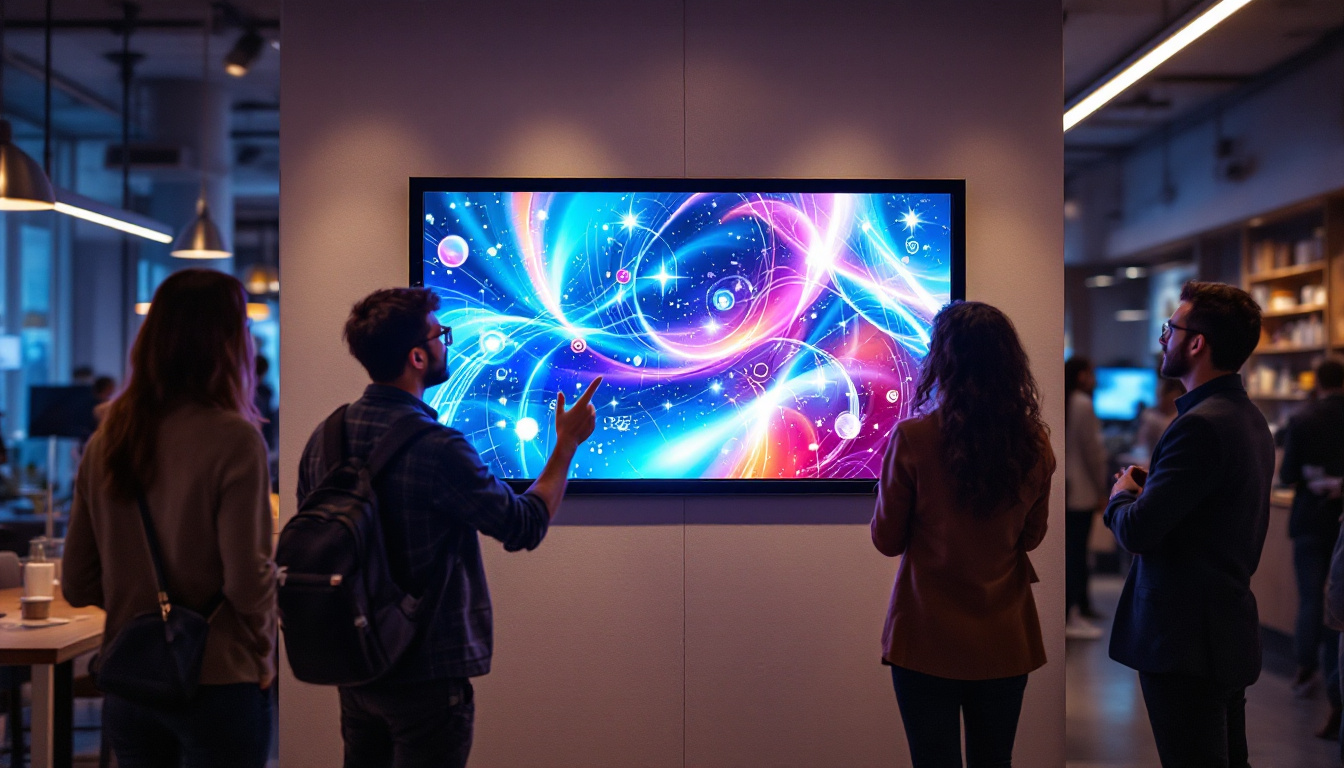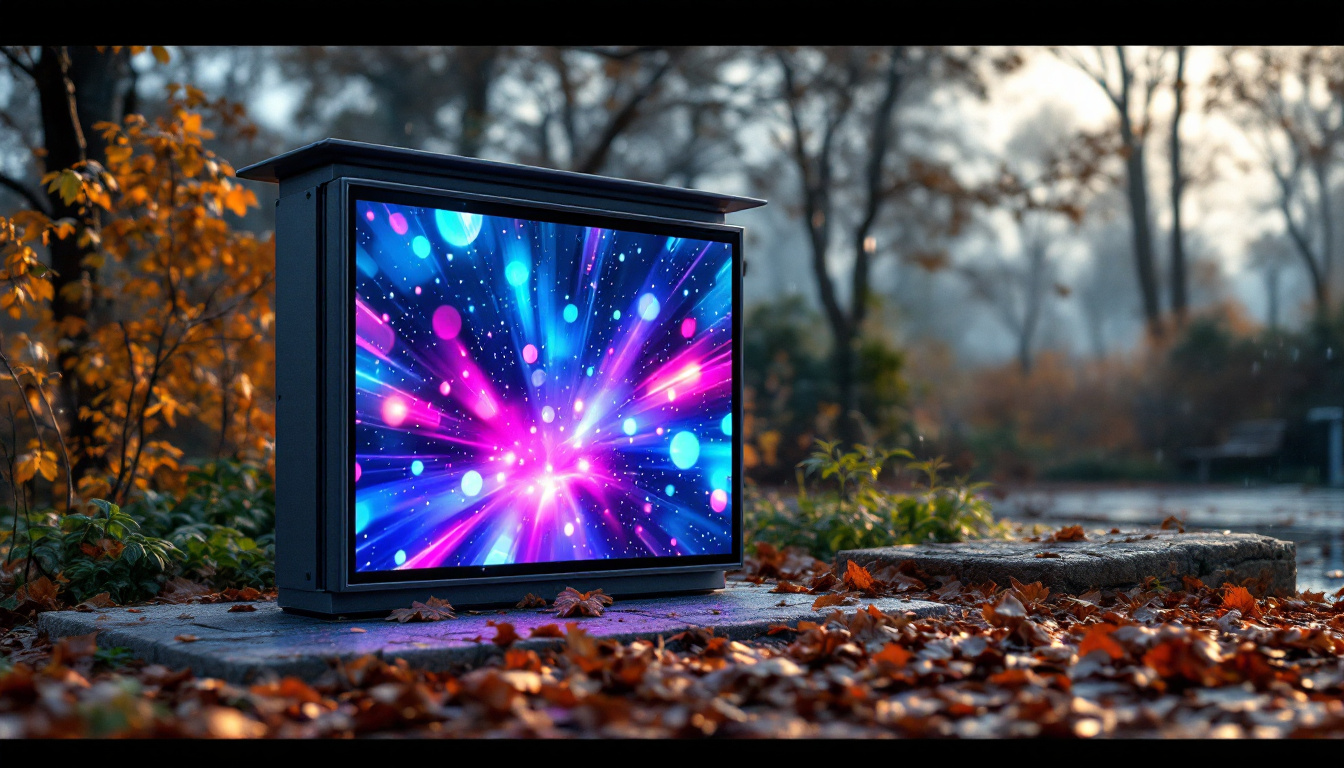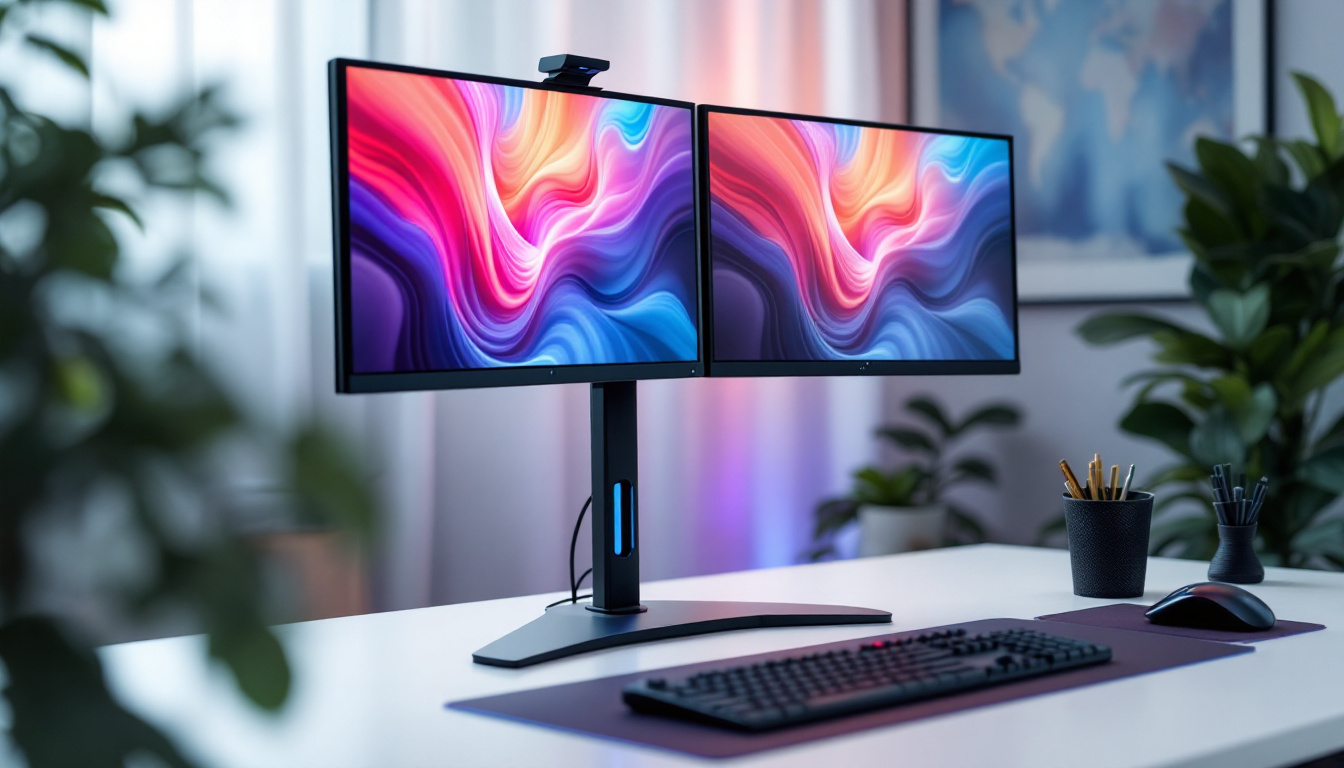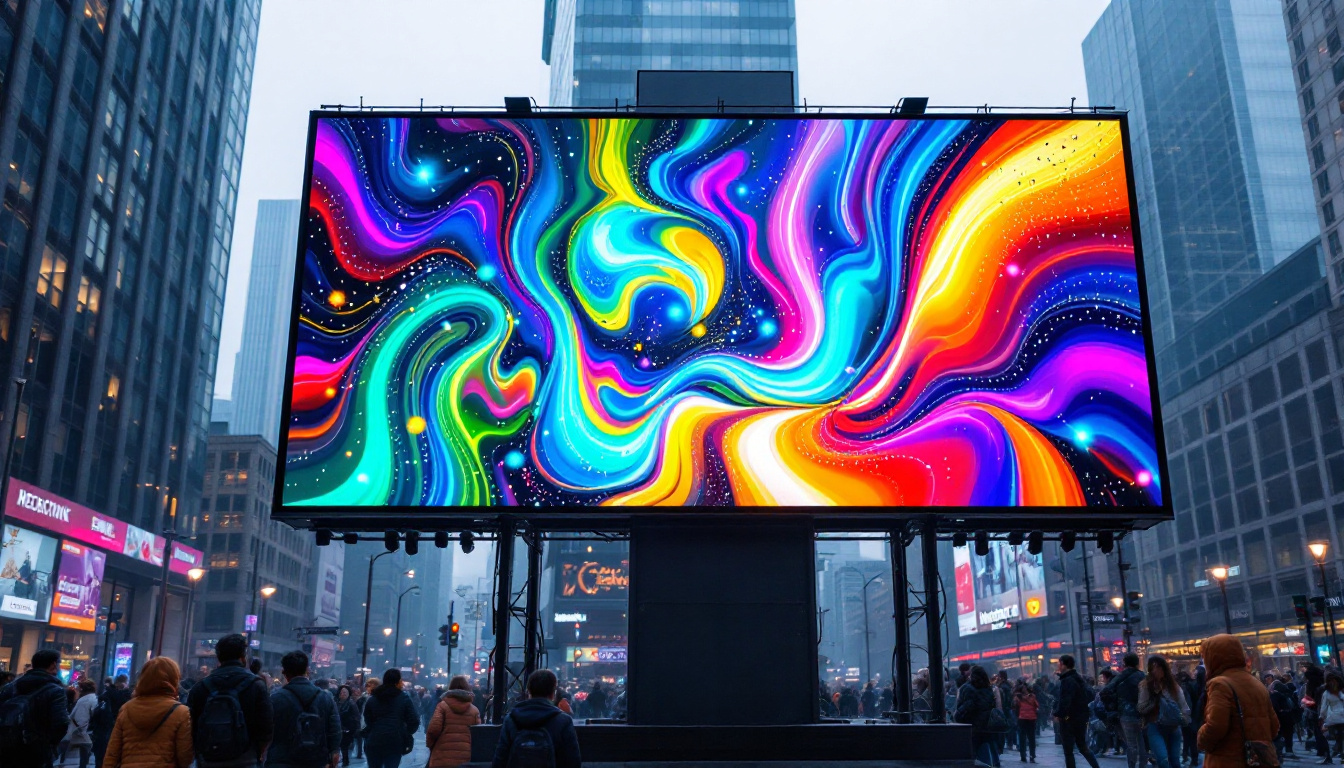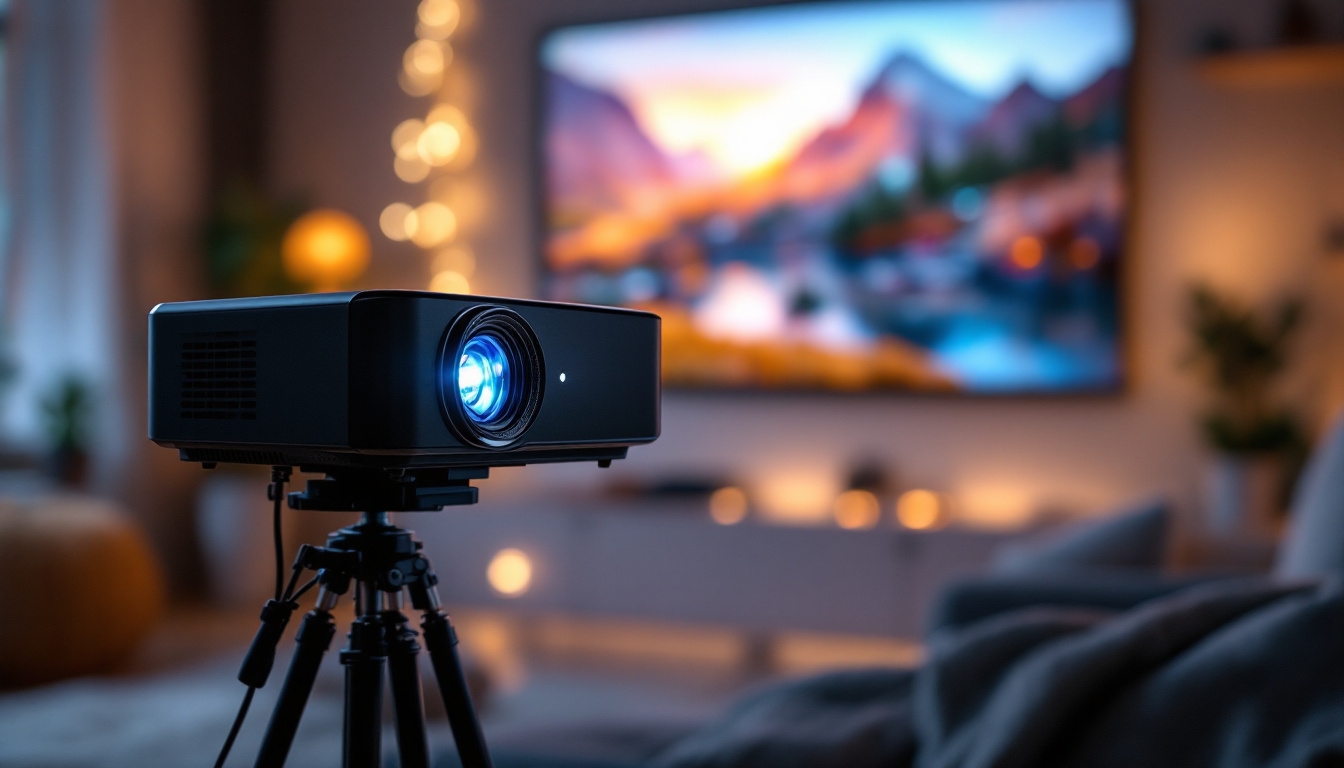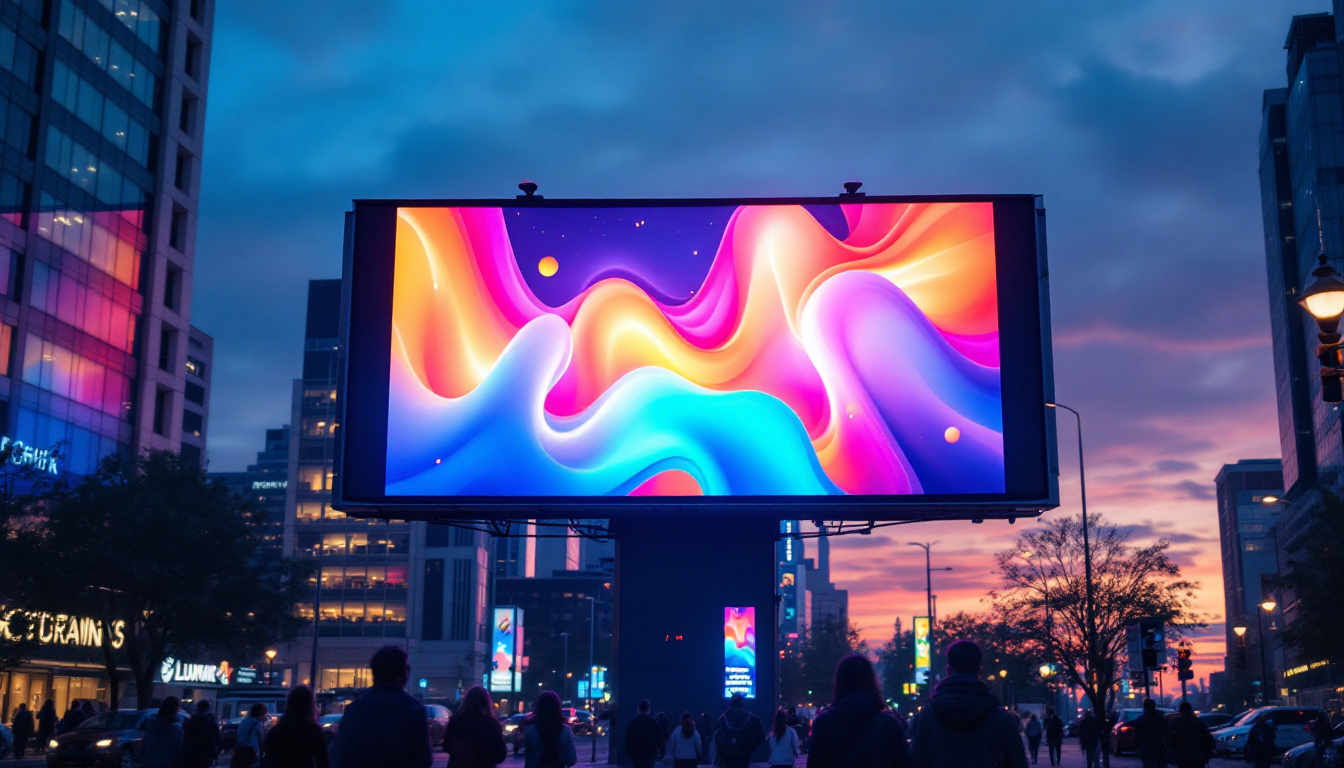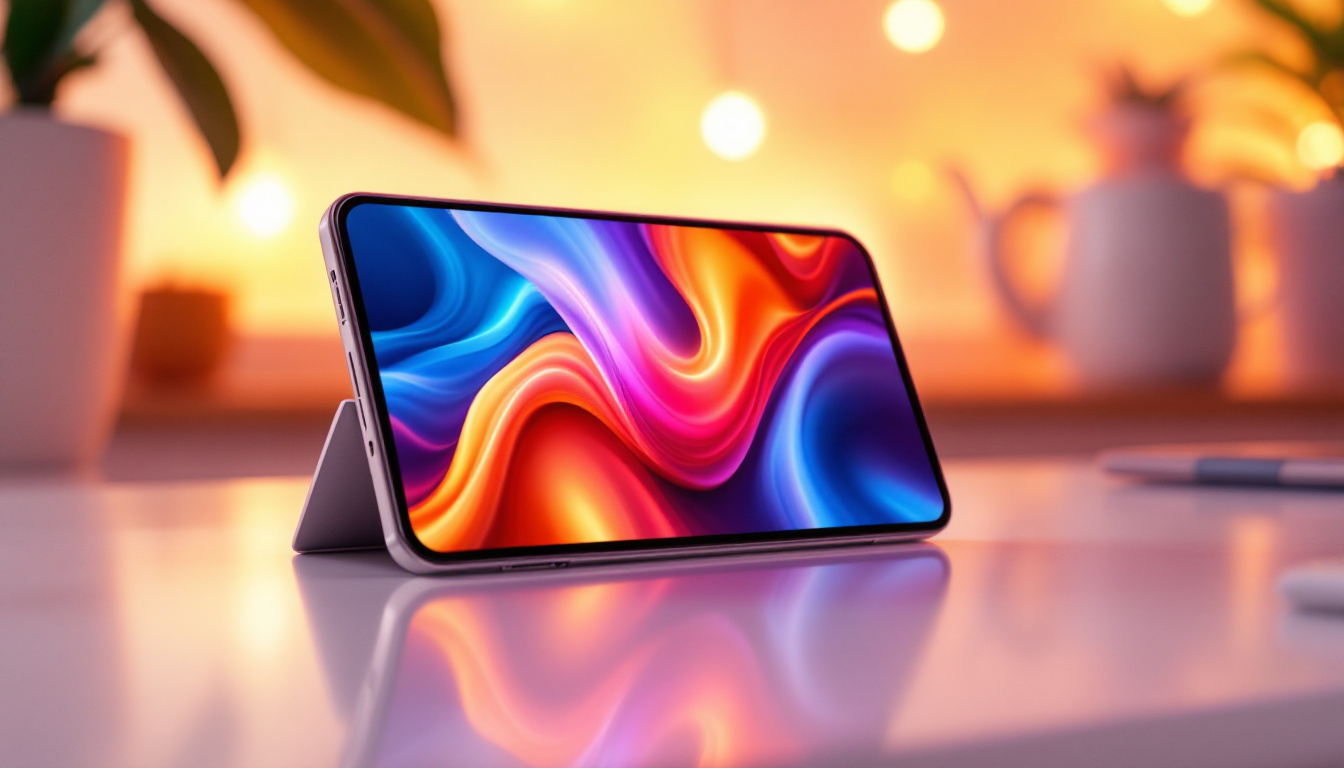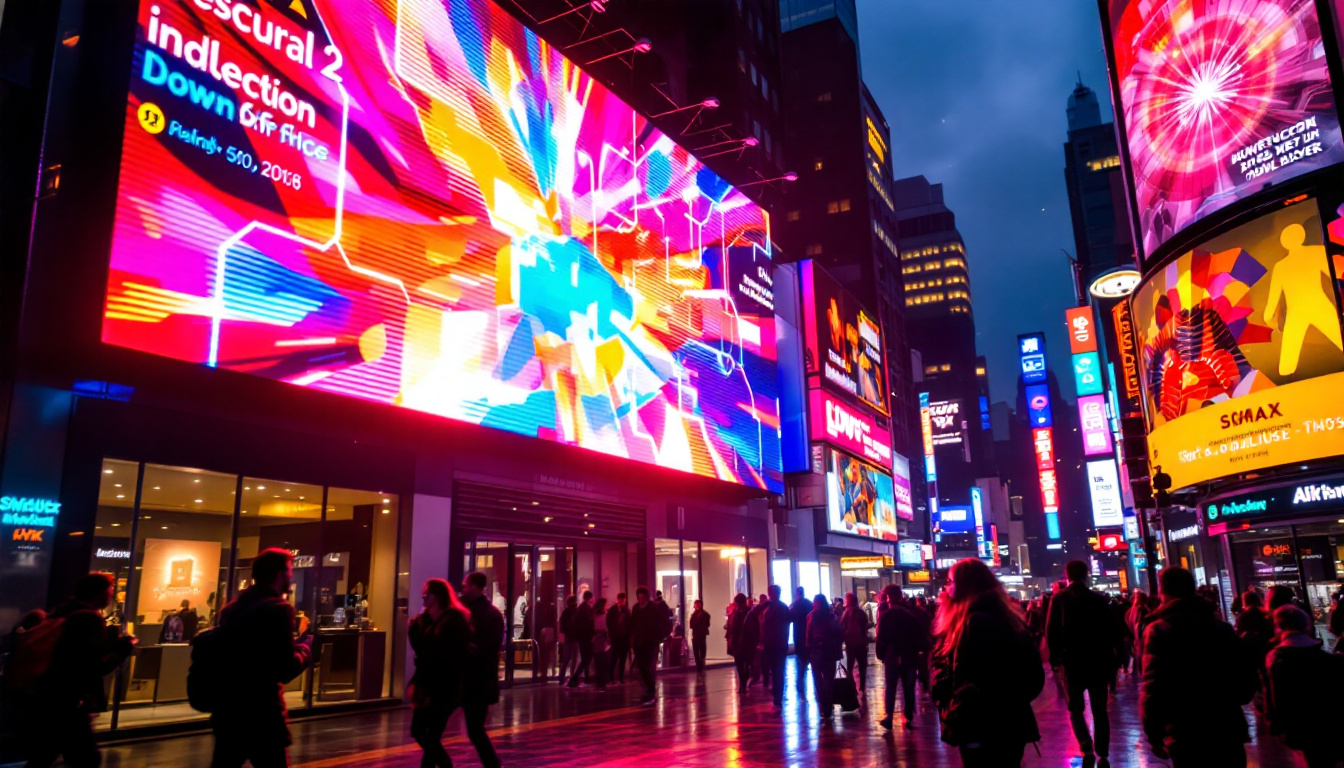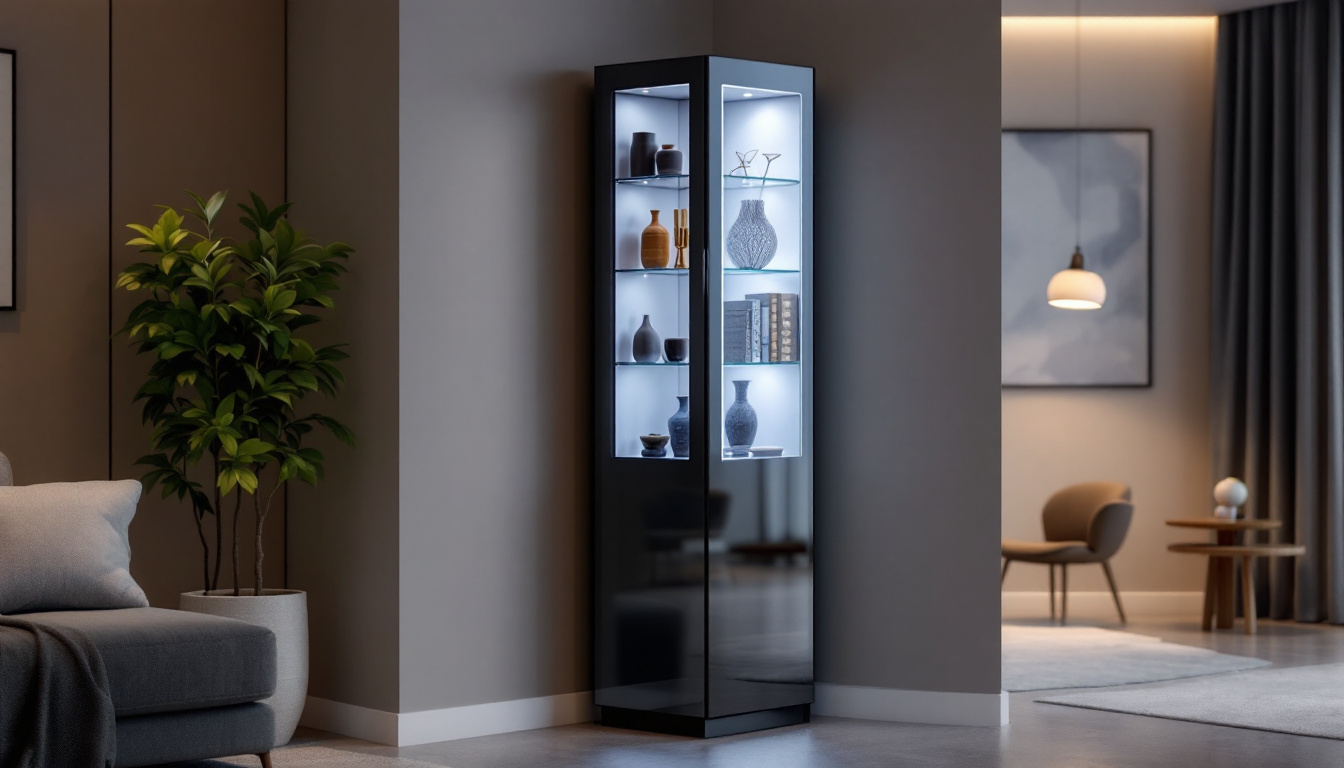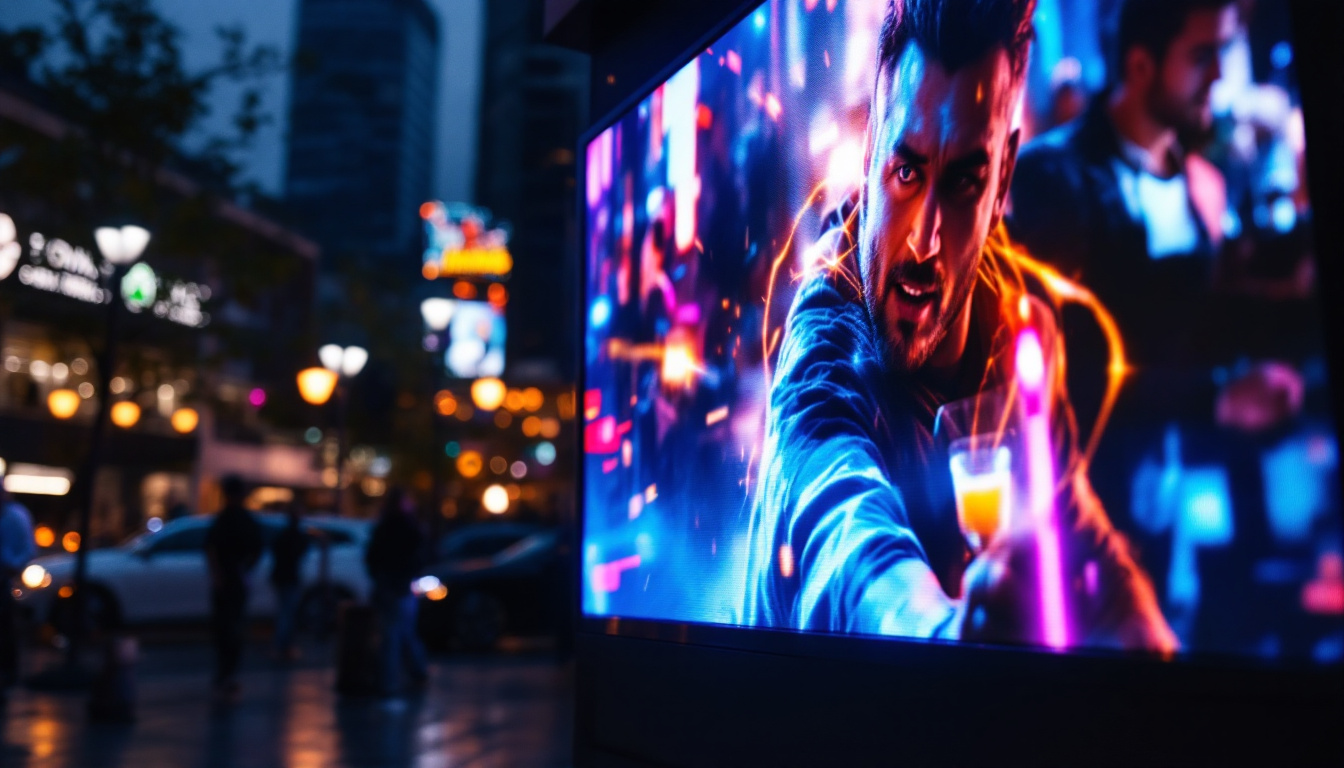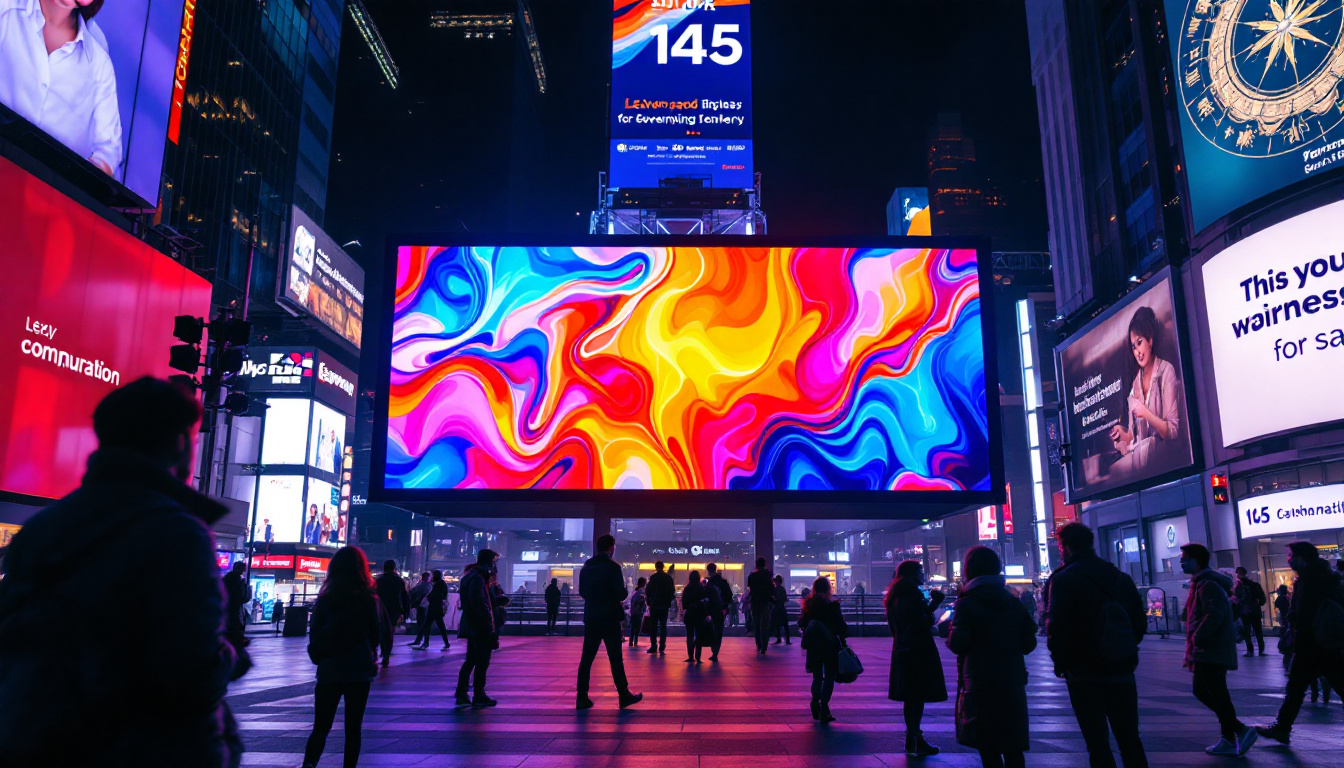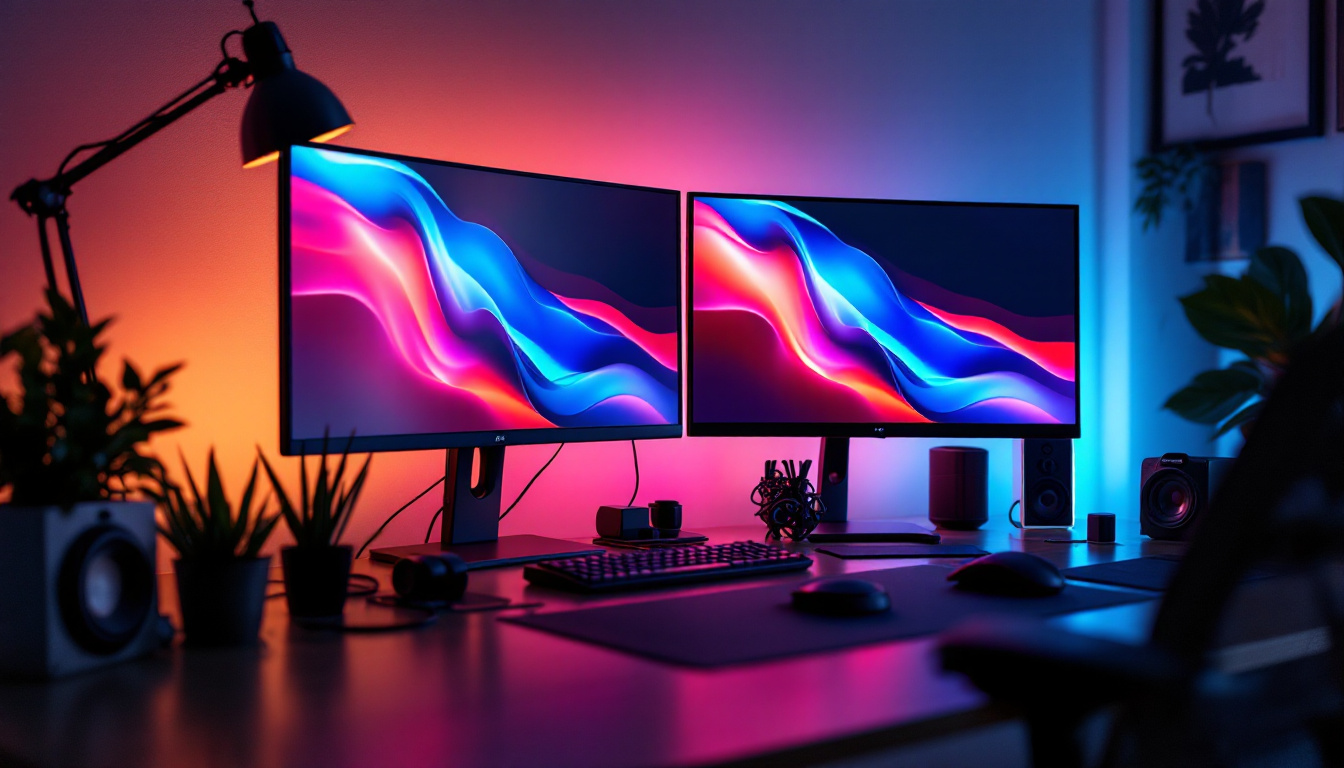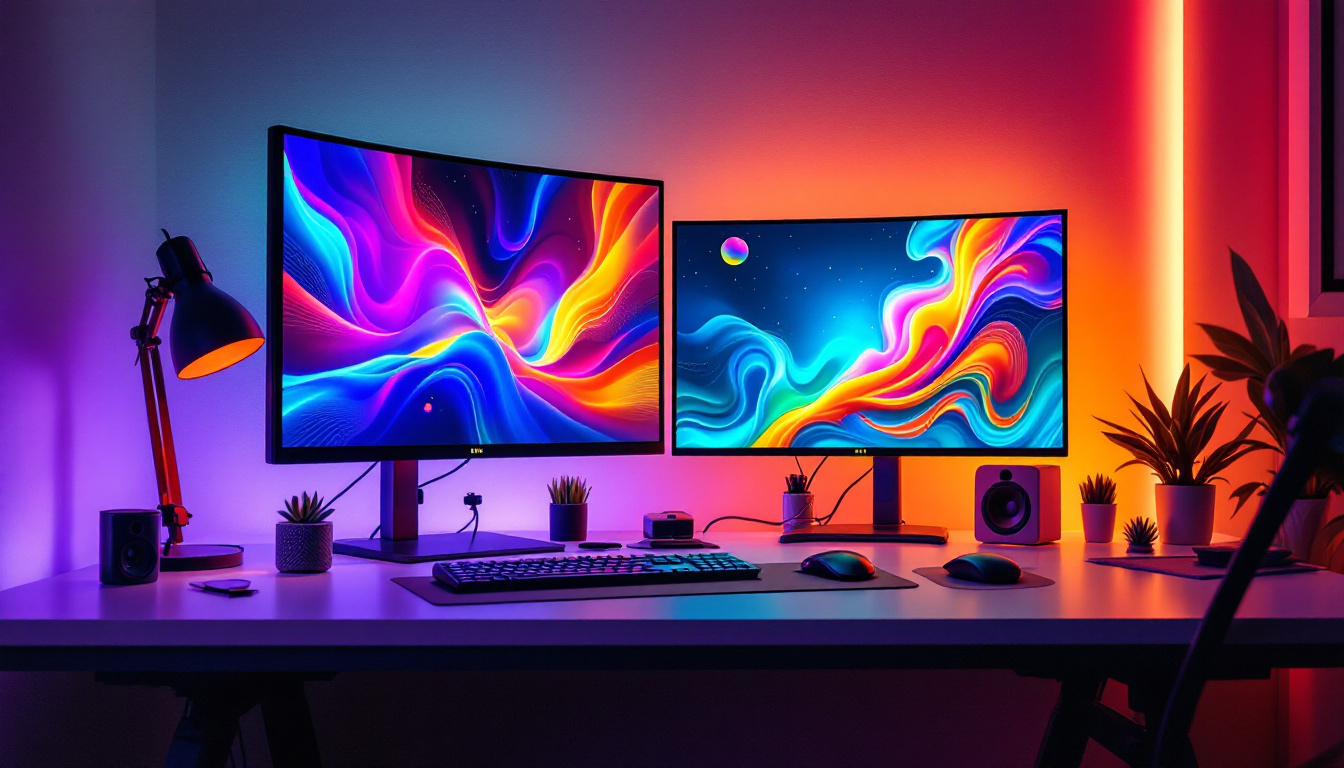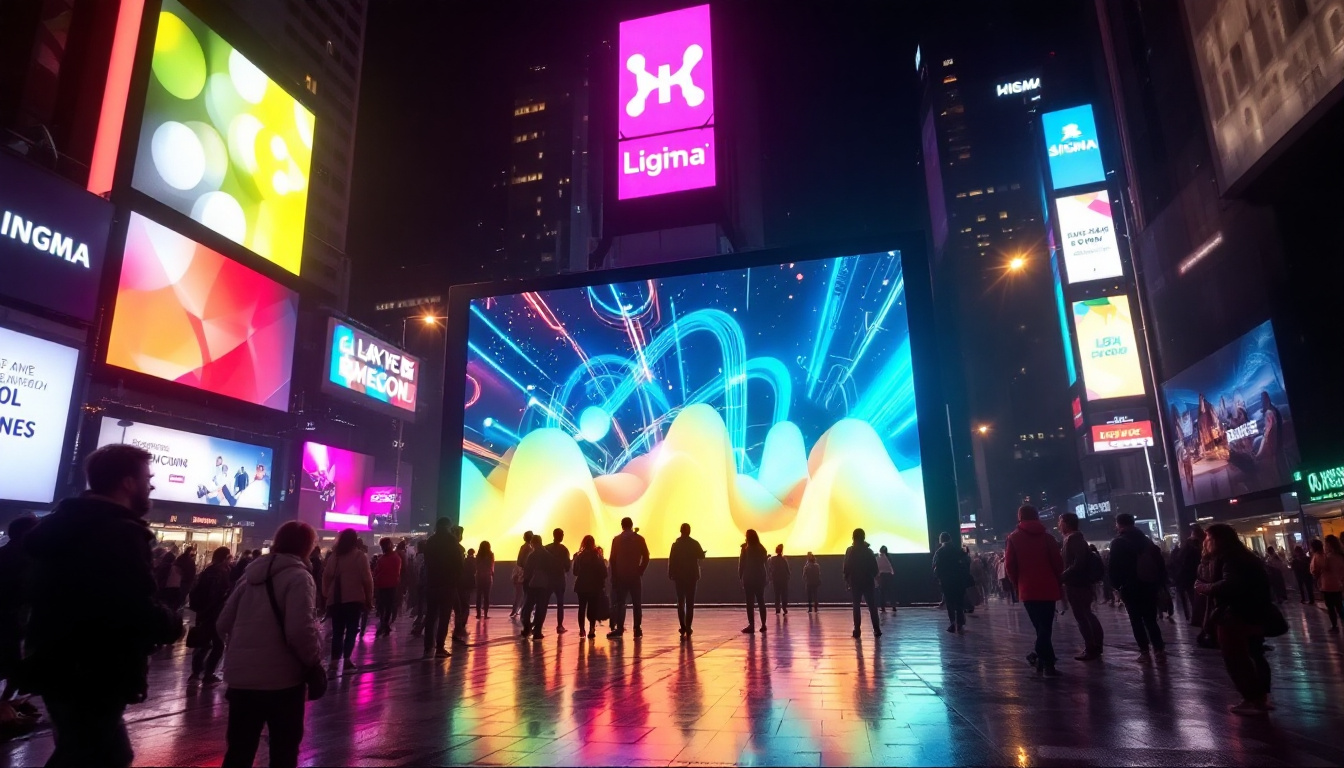Flexible Transparent OLED Display: LED Display Explained
The world of display technology is evolving at an unprecedented pace, with innovations that promise to redefine how we interact with screens. Among these advancements, flexible transparent OLED displays stand out as a remarkable development. This article delves into the intricacies of flexible transparent OLED technology, its advantages, applications, and how it compares to traditional LED displays.
Understanding OLED Technology
Organic Light Emitting Diodes (OLEDs) are a type of display technology that utilizes organic compounds to produce light. Unlike traditional LED displays, which require a backlight, OLEDs emit their own light when an electric current is applied. This fundamental difference allows for thinner, lighter displays with superior color accuracy and contrast ratios. The vibrant colors and deep blacks produced by OLEDs make them particularly appealing for high-definition televisions and smartphones, where visual quality is paramount.
How OLED Works
At the core of OLED technology are organic materials sandwiched between two electrodes. When electricity flows through these materials, they emit light. The color of the light produced depends on the type of organic compounds used. This self-emissive property enables OLED displays to achieve true blacks, as individual pixels can be turned off completely. This is in stark contrast to traditional LCDs, where backlighting can lead to light bleed and less defined dark areas. Consequently, the ability to control each pixel independently not only enhances the overall picture quality but also contributes to energy efficiency, as power is only consumed by the pixels that are active.
Furthermore, OLED displays can be made flexible, allowing them to bend and curve without losing functionality. This flexibility opens up a myriad of design possibilities, making OLED a preferred choice for modern applications. Manufacturers have begun to explore innovative uses of OLED technology, such as rollable screens and wearable displays, which can adapt to various environments and user needs. The potential for integration into everyday objects, from furniture to clothing, highlights the transformative impact of OLED technology on design and functionality.
Advantages of OLED Displays
OLED technology offers several advantages over traditional LED displays. One of the most significant benefits is the superior contrast ratio. Since OLEDs can turn off individual pixels, they can achieve deeper blacks compared to LED displays that rely on backlighting. This capability not only enhances the viewing experience in dark environments but also improves the overall dynamic range of the image, making colors pop with greater vibrancy.
Additionally, OLED displays have faster response times, which is crucial for high-speed video and gaming applications. They also boast wider viewing angles, ensuring that colors remain vibrant and accurate even when viewed from the side. Moreover, OLEDs are lighter and thinner, contributing to sleeker designs in consumer electronics. This reduction in weight and thickness is particularly beneficial for mobile devices, where portability is essential. As technology continues to advance, OLED displays are becoming increasingly affordable, paving the way for broader adoption across various industries, including automotive displays, smart home devices, and virtual reality headsets. The future of OLED technology looks promising as it continues to evolve and redefine the visual experience for users.
What is a Flexible Transparent OLED Display?
A flexible transparent OLED display combines the benefits of OLED technology with the ability to be both flexible and transparent. This means that the display can bend and conform to various shapes while still allowing light to pass through it. This unique characteristic opens up new avenues for creativity and functionality in display design.
Key Features of Flexible Transparent OLED Displays
Flexible transparent OLED displays are characterized by their lightweight, thin design and high transparency levels. These displays can achieve transparency rates of over 50%, allowing users to see through the screen while still viewing content. This feature is particularly beneficial for applications that require interaction with the environment behind the display.
Moreover, these displays maintain the vibrant colors and high contrast ratios associated with traditional OLED technology. The flexibility of the display allows it to be integrated into various surfaces, making it suitable for a range of innovative applications. The manufacturing process of these displays often involves advanced materials that not only enhance their durability but also contribute to their energy efficiency, making them an environmentally friendly option in the long run.
Applications in Various Industries
The versatility of flexible transparent OLED displays has led to their adoption in various industries. In retail, for instance, these displays can be used in shop windows to showcase products while allowing passersby to see inside the store. This creates an engaging shopping experience that blends digital content with the physical environment. Retailers can utilize these displays to create dynamic advertisements that change based on the time of day or customer demographics, thus enhancing customer engagement and driving sales.
In the automotive industry, flexible transparent OLED displays can be integrated into car windshields or dashboards, providing drivers with essential information without obstructing their view of the road. This integration not only enhances safety but also allows for customizable interfaces that can adapt to the driver’s preferences. Similarly, in architecture, these displays can be incorporated into windows and walls, transforming traditional spaces into interactive environments. Imagine a conference room where the walls can display information or art, creating a more immersive experience for participants. Additionally, in the realm of smart homes, these displays could be used in kitchen countertops or bathroom mirrors, providing users with access to information and entertainment in a seamless manner.
Comparing Flexible Transparent OLED Displays and Traditional LED Displays
When evaluating flexible transparent OLED displays against traditional LED displays, several factors come into play. While both technologies have their strengths, understanding their differences is crucial for making informed decisions about which technology to use in specific applications.
Image Quality and Performance
One of the most notable differences between OLED and LED displays is image quality. OLED displays, including flexible transparent variants, excel in color reproduction and contrast. The ability to turn off individual pixels results in deeper blacks and more vibrant colors, enhancing the overall viewing experience.
In contrast, traditional LED displays often struggle with black levels due to their reliance on backlighting. While advancements such as local dimming have improved LED performance, they still cannot match the true blacks achieved by OLED technology.
Design Flexibility
Design flexibility is another area where flexible transparent OLED displays shine. Their ability to bend and conform to different shapes allows for innovative designs that were previously unattainable with rigid LED displays. This flexibility enables manufacturers to create unique products that stand out in a crowded market.
Furthermore, the transparency of OLED displays allows for creative applications that blend digital content with the physical world. Traditional LED displays, on the other hand, are typically rigid and opaque, limiting their design potential.
The Future of Flexible Transparent OLED Displays
The future of flexible transparent OLED displays looks promising, with ongoing research and development aimed at enhancing their capabilities. As technology continues to advance, we can expect to see improvements in transparency, flexibility, and overall performance.
Potential Innovations
Future innovations may include increased transparency levels, allowing for even greater integration with the surrounding environment. Additionally, advancements in manufacturing techniques could lead to more cost-effective production, making flexible transparent OLED displays accessible to a broader range of industries.
Moreover, as the demand for sustainable technologies grows, manufacturers are likely to explore eco-friendly materials and processes for OLED production. This shift could further enhance the appeal of flexible transparent OLED displays in various applications.
Impact on Consumer Electronics
In the consumer electronics sector, flexible transparent OLED displays have the potential to revolutionize how devices are designed and used. Imagine smartphones with screens that wrap around the edges, or televisions that can be integrated seamlessly into furniture or walls. The possibilities are endless, and as consumer preferences evolve, manufacturers will need to adapt to meet these demands.
Challenges and Considerations
Despite the many advantages of flexible transparent OLED displays, several challenges remain. One of the primary concerns is durability. While OLED technology is inherently flexible, it can be more susceptible to damage compared to traditional LED displays. Manufacturers are working on solutions to enhance the durability of these displays, but it remains a critical consideration for widespread adoption.
Cost Implications
The production costs associated with flexible transparent OLED displays are another challenge. Currently, the manufacturing process is more complex and expensive than that of traditional LED displays. As the technology matures and production techniques improve, costs are expected to decrease, making these displays more accessible to consumers and businesses alike.
Market Adoption
The adoption of flexible transparent OLED displays in the market will depend on overcoming these challenges. As manufacturers continue to innovate and address durability and cost concerns, it is likely that we will see increased acceptance of this technology across various sectors.
Conclusion
Flexible transparent OLED displays represent a significant leap forward in display technology, offering unique advantages that traditional LED displays cannot match. With their ability to bend, conform, and maintain high transparency levels, these displays are poised to transform industries ranging from retail to automotive and beyond.
As the technology continues to evolve, it is essential to stay informed about developments in the field. The future of flexible transparent OLED displays is bright, and their potential applications are limited only by the imagination. As manufacturers work to address current challenges, the possibilities for innovative designs and enhanced user experiences will only continue to grow.
In a world where technology is becoming increasingly integrated into our daily lives, flexible transparent OLED displays are at the forefront of this transformation, paving the way for a new era of interactive and immersive experiences.
Discover the Future with LumenMatrix
Ready to embrace the future of display technology and transform your visual communication? LumenMatrix is at the forefront of LED display innovation, offering a wide array of solutions from Indoor and Outdoor LED Wall Displays to Custom and All-in-One LED Displays. Our mission is to empower your business with displays that captivate and engage, ensuring your message resonates with clarity and impact. Don’t miss the opportunity to elevate your brand visibility with our cutting-edge LED display modules. Check out LumenMatrix LED Display Solutions today and step into a new era of interactive and immersive experiences.

